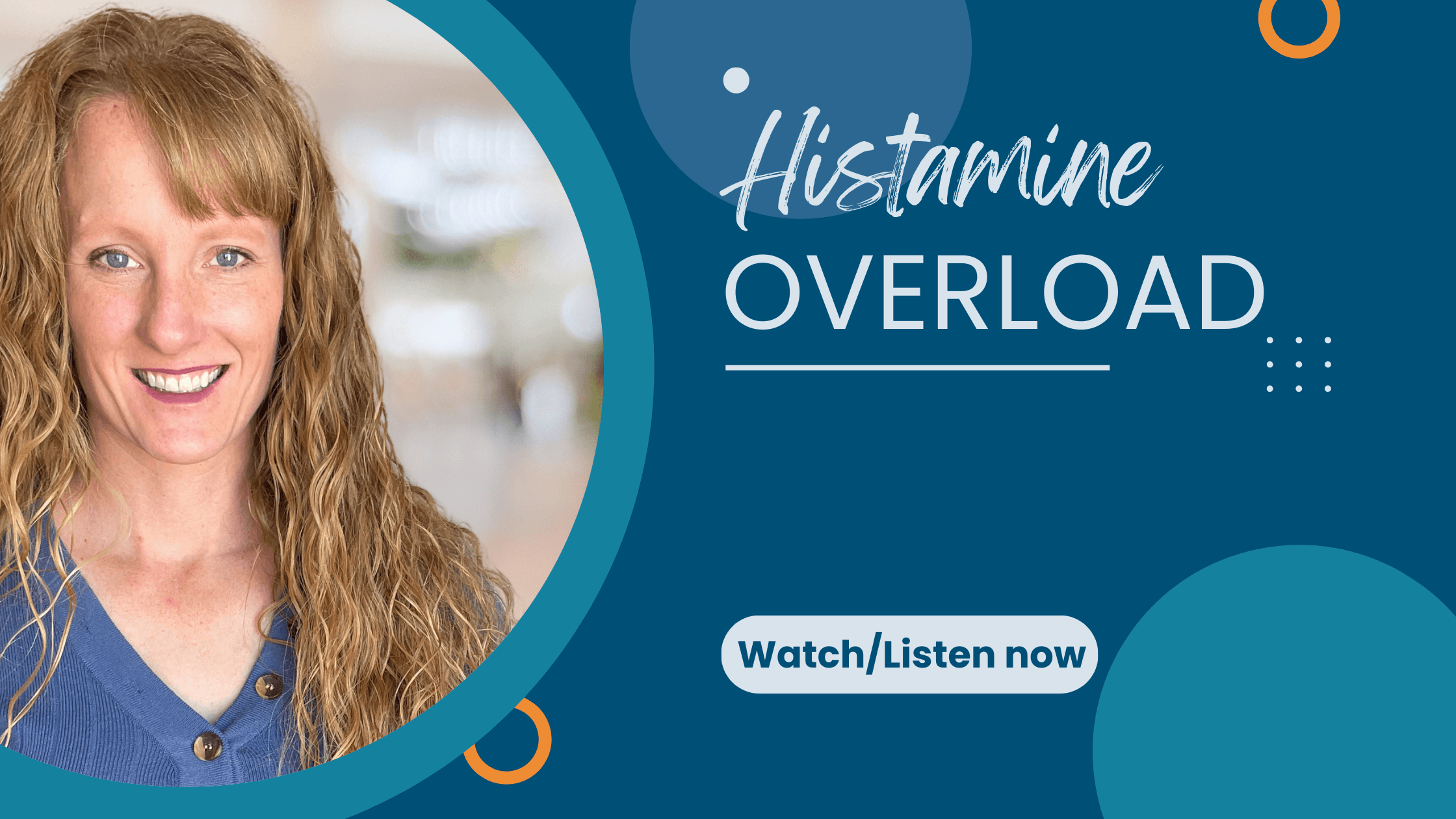
Understanding Histamine Overload: Symptoms, Causes, and Solutions
What is Histamine and Why is It Important?
Histamine is an inflammatory mediator that plays a crucial role in immune function. It’s essential for our health, helping our bodies respond to threats like allergens, bacteria, fungi, and viruses. However, when histamine levels get too high and our body can’t keep up with breaking it down, we experience histamine overload or histamine intolerance.
Histamine can enter our system from various sources:
- Food – Many foods contain or trigger the release of histamine.
- Internal Production – Our immune cells produce histamine as part of the immune response.
- Gut Microbiome – Certain gut microbes naturally produce histamine.
How Does the Body Break Down Histamine?
Our body relies on two main enzyme pathways to process and eliminate histamine:
1. Diamine Oxidase (DAO)
DAO is produced by the intestinal lining and is responsible for breaking down histamine from foods and gut microbes. If the intestines are damaged or inflamed, DAO production may be compromised. Additionally, genetics play a role—some people naturally produce less DAO. DAO relies on copper and activated vitamin B6 (P5P) to function effectively. The highest concentrations of DAO are found in the upper portion of the small intestine, kidneys, thymus, and placenta. For some, pregnancy offers significant relief from histamine symptoms due to increased DAO production, protecting the fetus from excess histamine exposure.
2. Histamine N-methyltransferase (HNMT)
HNMT handles intracellular histamine, particularly in the brain and central nervous system. This enzyme relies on B vitamins, as well as minerals like molybdenum, copper, selenium, and zinc, along with proper methylation for histamine breakdown. When HNMT degrades histamine, it creates a metabolite that doesn’t trigger histamine receptors, effectively neutralizing the histamine.
Recognizing the Symptoms of Histamine Overload
Because histamine receptors are widespread throughout the body, histamine overload can manifest in numerous ways. Symptoms often vary between individuals and can even come and go, which can make identifying histamine intolerance challenging. Here are some common signs:
- Mood and Mental Health: Anxiety, irritability, depression, panic attacks
- Allergies and Respiratory: Sinus congestion, post-nasal drip, sneezing, asthma
- Heart and Blood Pressure: Blood pressure fluctuations, rapid heartbeat
- Digestive Issues: Acid reflux, bloating, nausea, early satiety
- Skin and Sensitivity: Itchiness, rashes, eczema, hives, reaction to bug bites
- Other Signs: Brain fog, dizziness, excessive sweating, insomnia, motion sickness
If these symptoms sound familiar, histamine overload might be worth exploring further.
Testing for Histamine Overload
While blood tests can measure histamine levels, they may not be entirely reliable due to the fluctuating nature of histamine. Other tests, like serum DAO, stool analysis for histamine-producing gut microbes, or even genetic testing, can offer additional insights.
How to Identify Histamine Overload: A Simple Test
If you suspect histamine overload, try a low-histamine diet for two weeks, combined with DAO supplements before meals. If histamine is a key factor, you should notice significant symptom relief.
High-Histamine Foods to Avoid
Foods high in histamine are typically aged or fermented, as bacteria produce histamine over time. Here are some foods to limit or avoid during a histamine trial:
- Dairy: Especially aged or fermented, like cheese, yogurt, and kefir
- Processed Meats: Deli meats, bacon, and sausage
- Fermented Alcohol: Beer and wine, especially red wine
- Yeast Products: Bread and other yeast-based foods
- Cultured Foods: Vinegar, sauerkraut, kimchi, soy sauce, kombucha
- Seafood: Canned fish like anchovies, sardines, and tuna
- Produce: Avocados, eggplant, tomatoes, and spinach in large quantities
- Trigger Foods: Alcohol, chocolate, bananas, and citrus fruits
During this trial, you don’t have to completely eliminate these foods; a significant reduction, along with DAO supplements, may be enough to get results.
Addressing the Root Cause of Histamine Overload
If the low-histamine diet helps, it’s essential to uncover the root cause of your overload. Possible contributors include:
- Gut Health: Imbalance in histamine-producing microbes or damaged intestinal lining
- Nutrient Deficiencies: Low levels of copper, zinc, B vitamins, or other cofactors
- Genetics: Variants in DAO or HNMT genes
- Hormones and Medications: Estrogen, antihistamines, NSAIDs
- Lifestyle: High-protein diets, stress, certain types of exercise, and toxin exposure (e.g., mold)
Addressing these factors can help you achieve lasting relief.
Take Charge of Your Health
Histamine overload may be more common than we think. If you’re experiencing unexplained symptoms and think histamines could be at play, working with a holistic health professional can help you find personalized solutions and lasting relief.
Interested in learning more? Apply for a consultation with me, where we can dive into your unique case and potentially uncover life-changing insights.
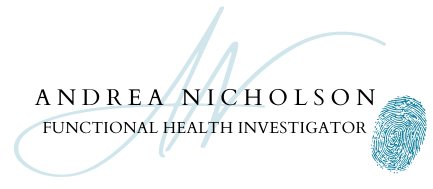


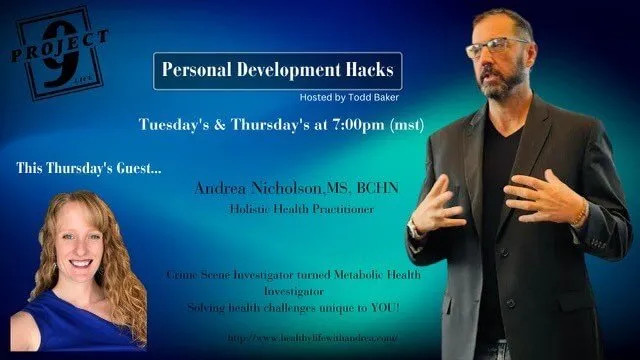

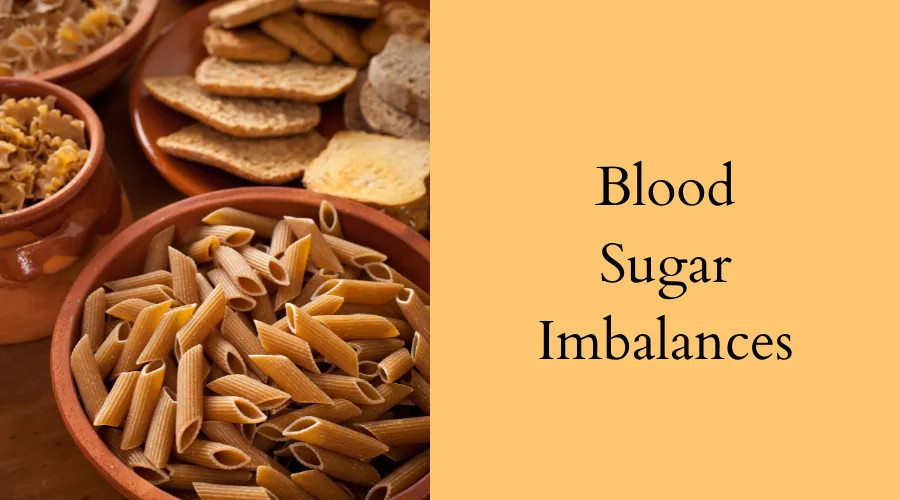
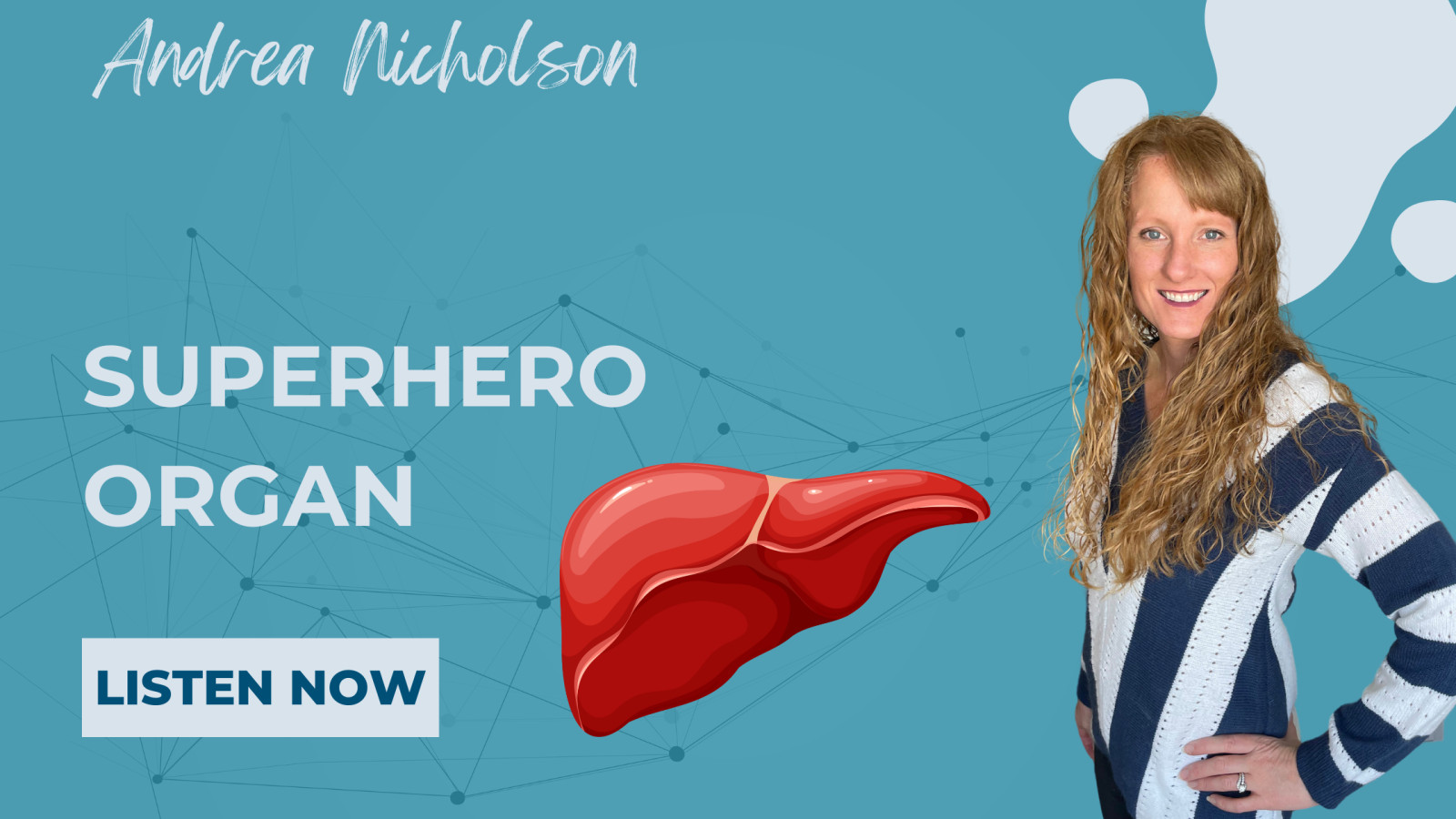
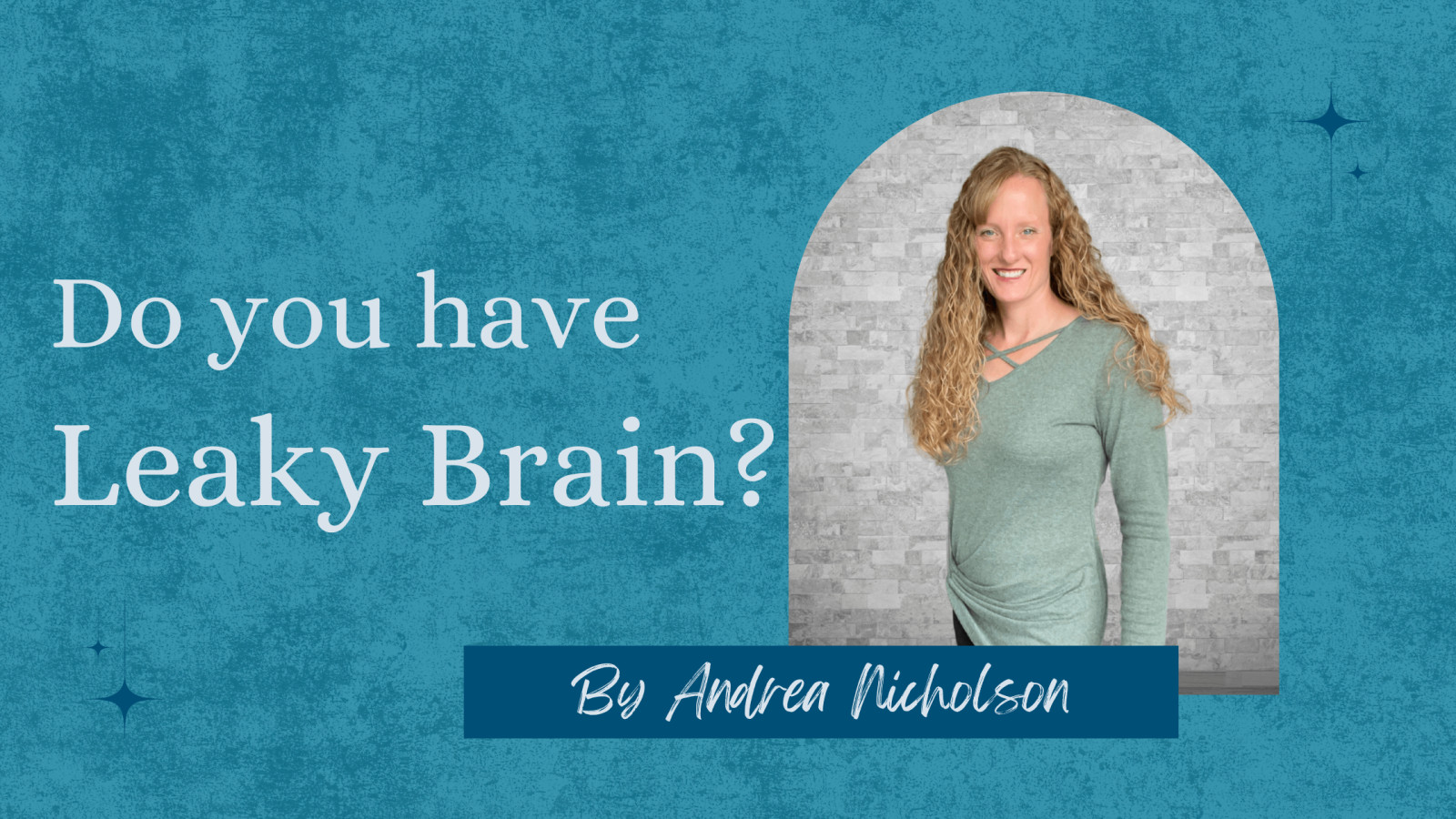
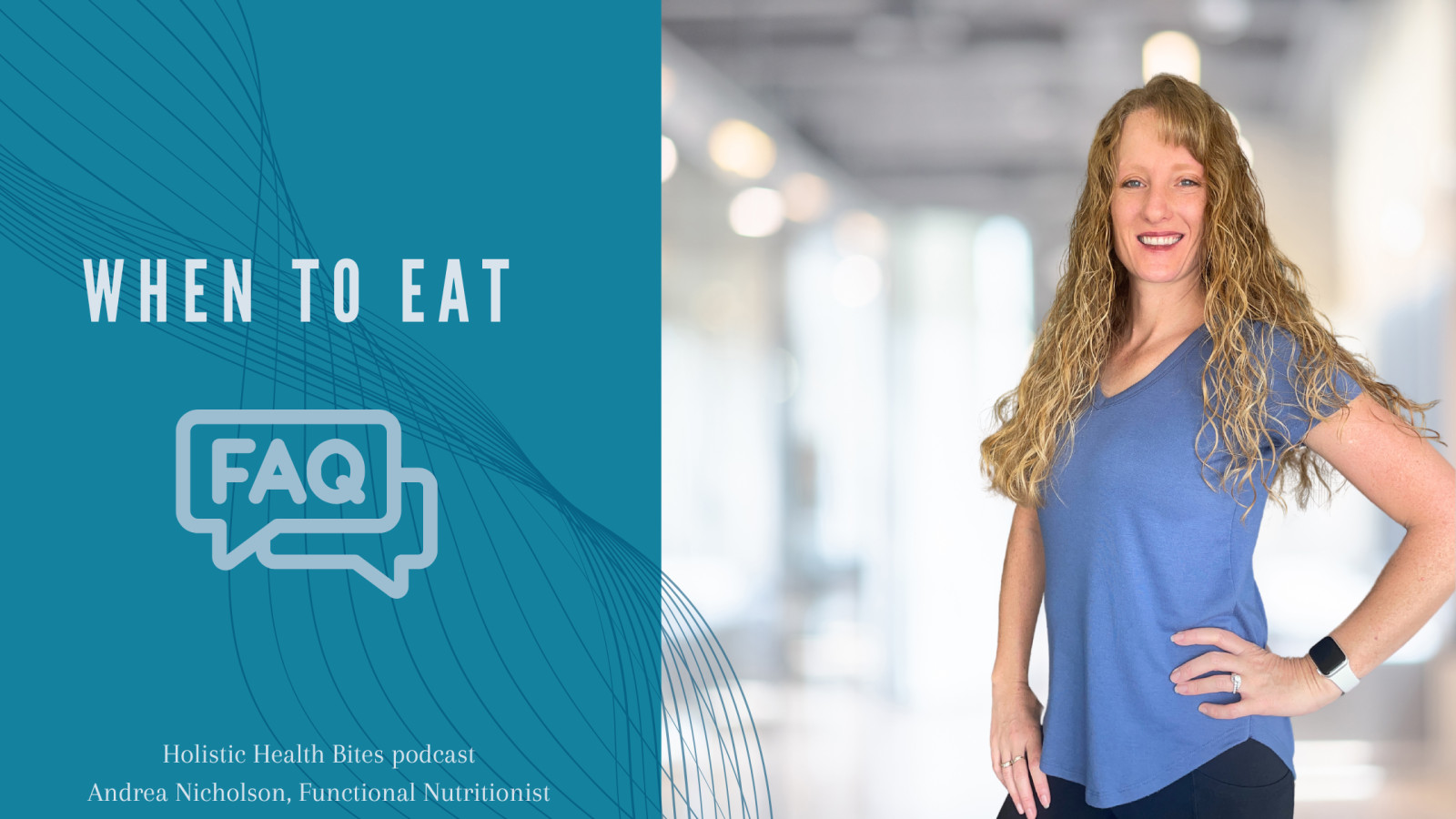
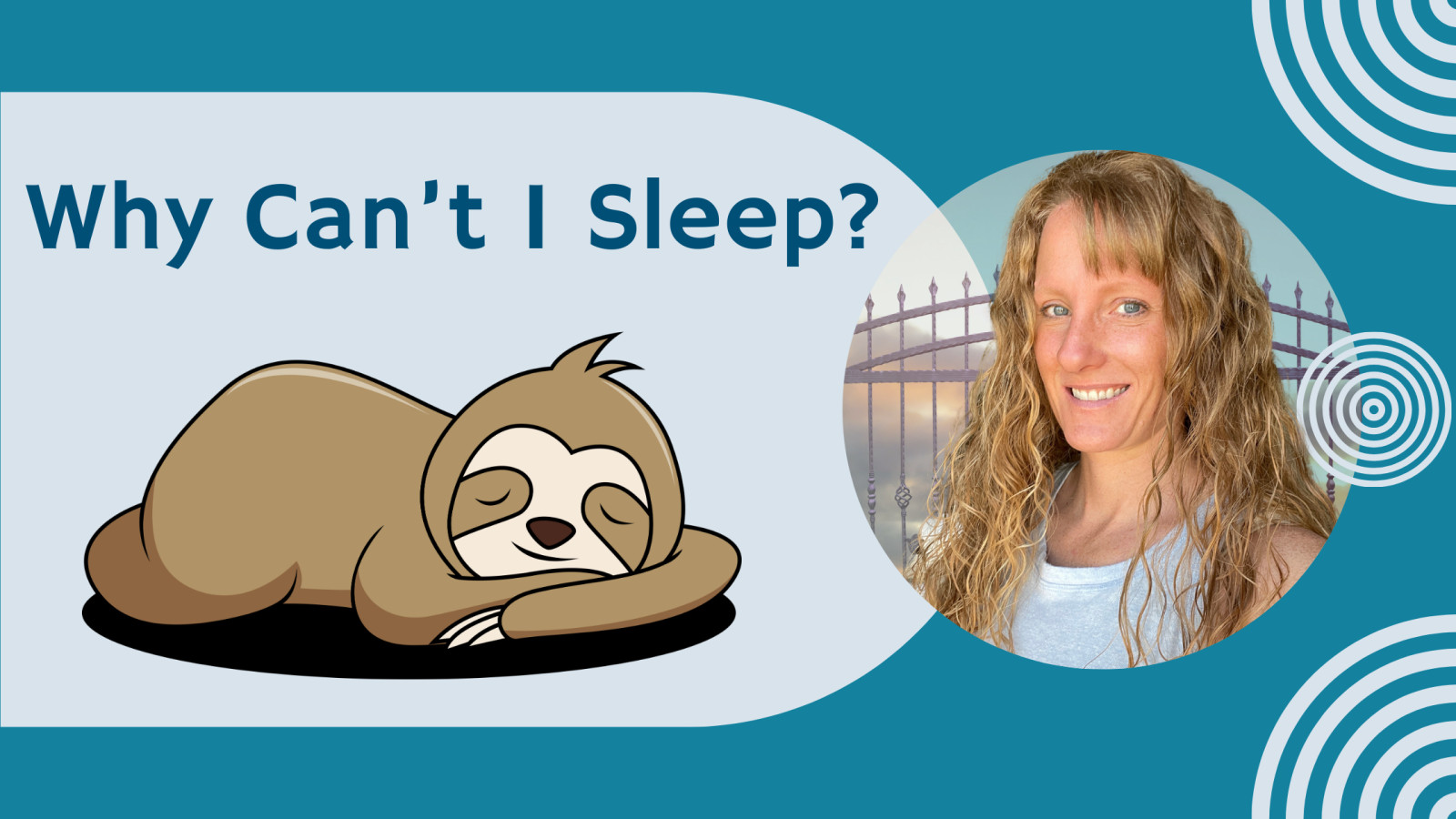
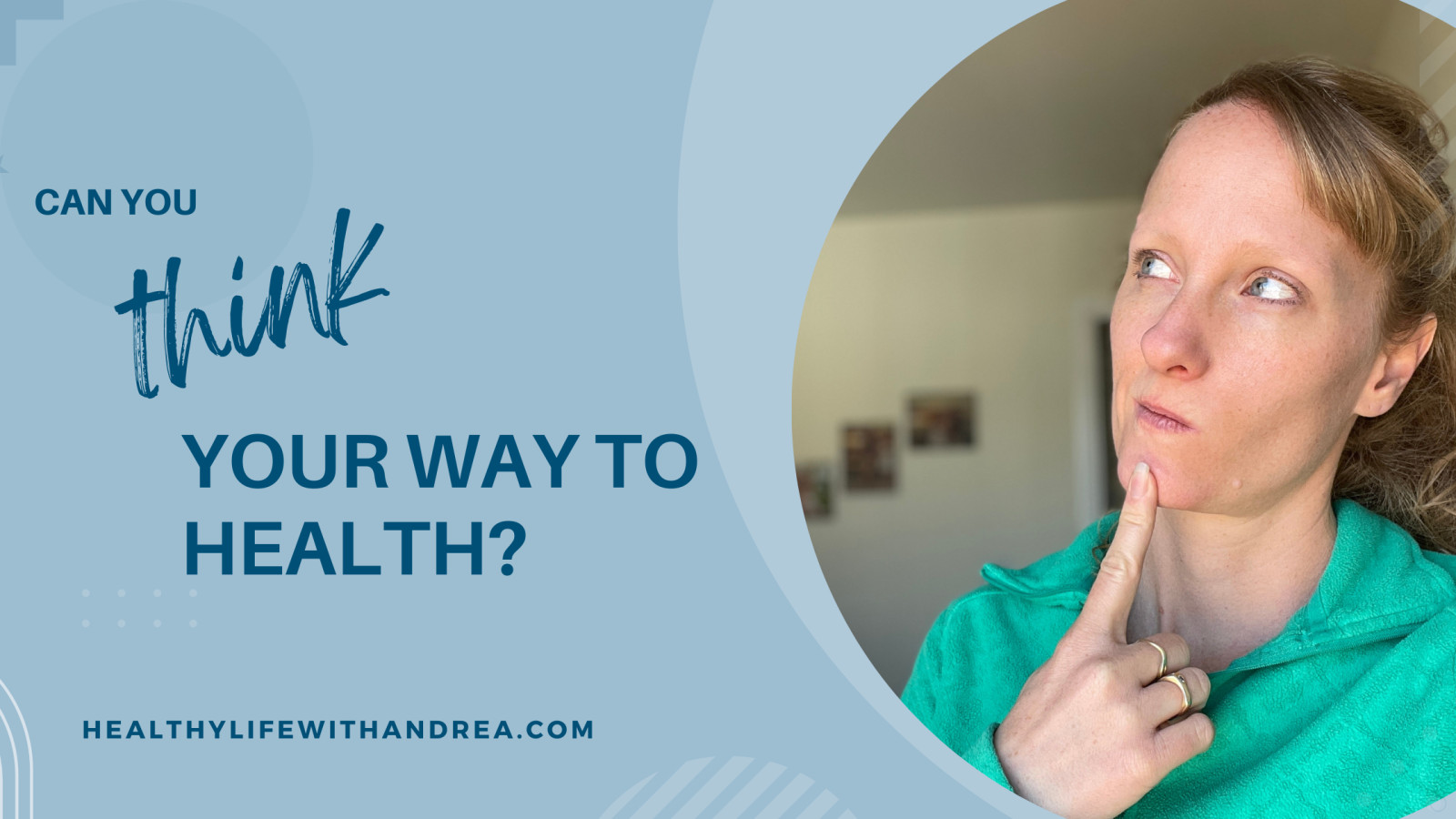
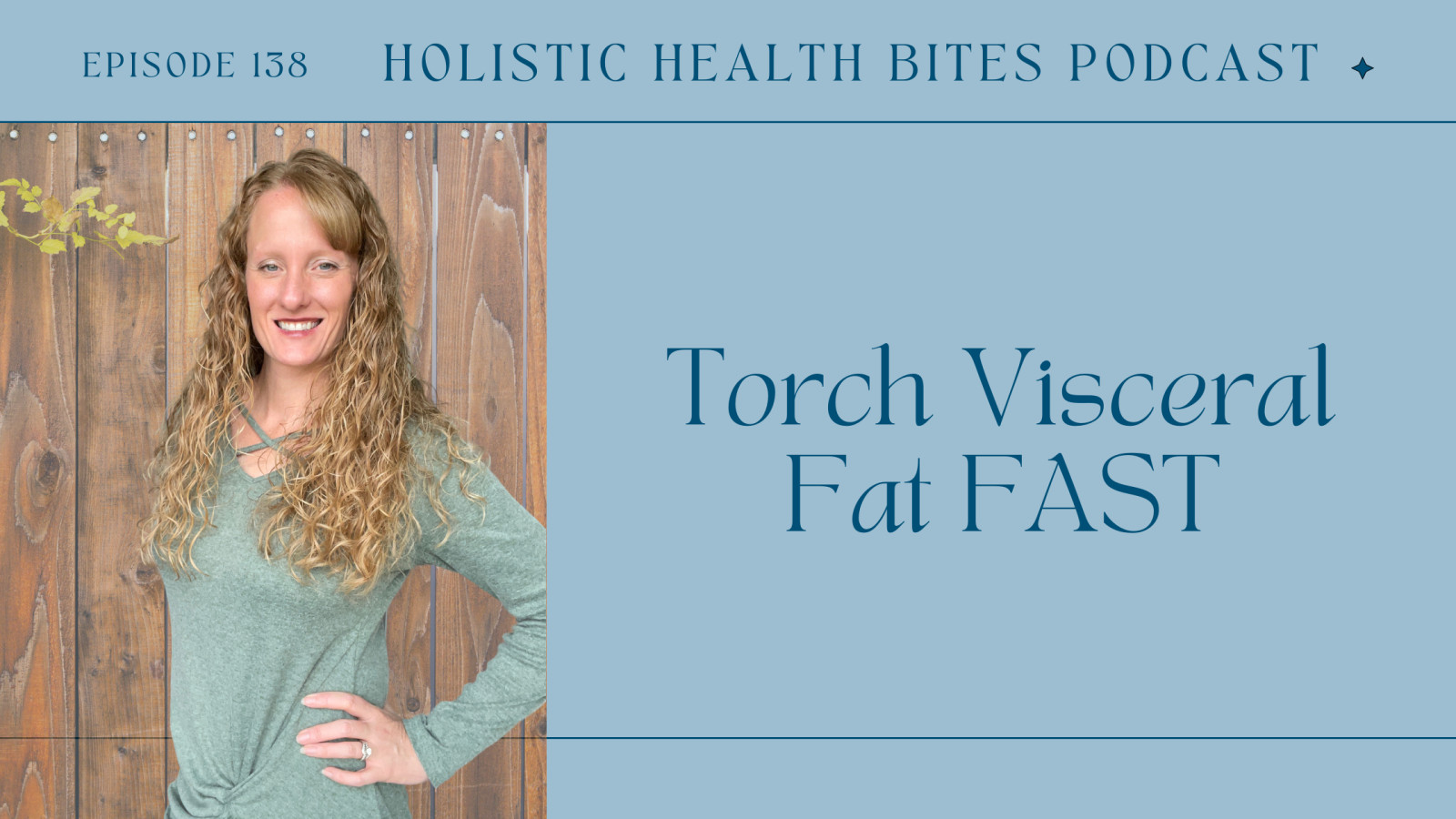
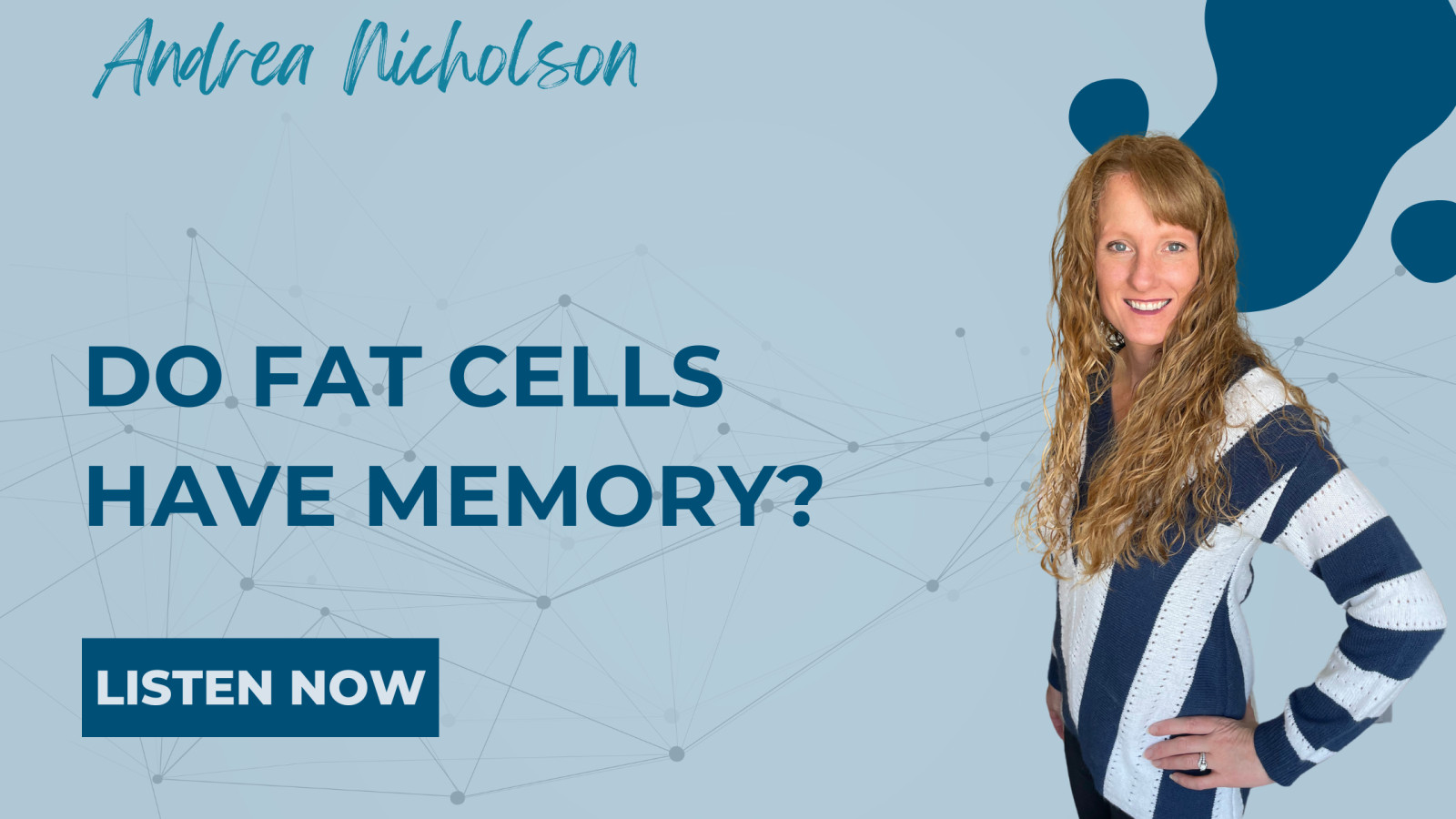
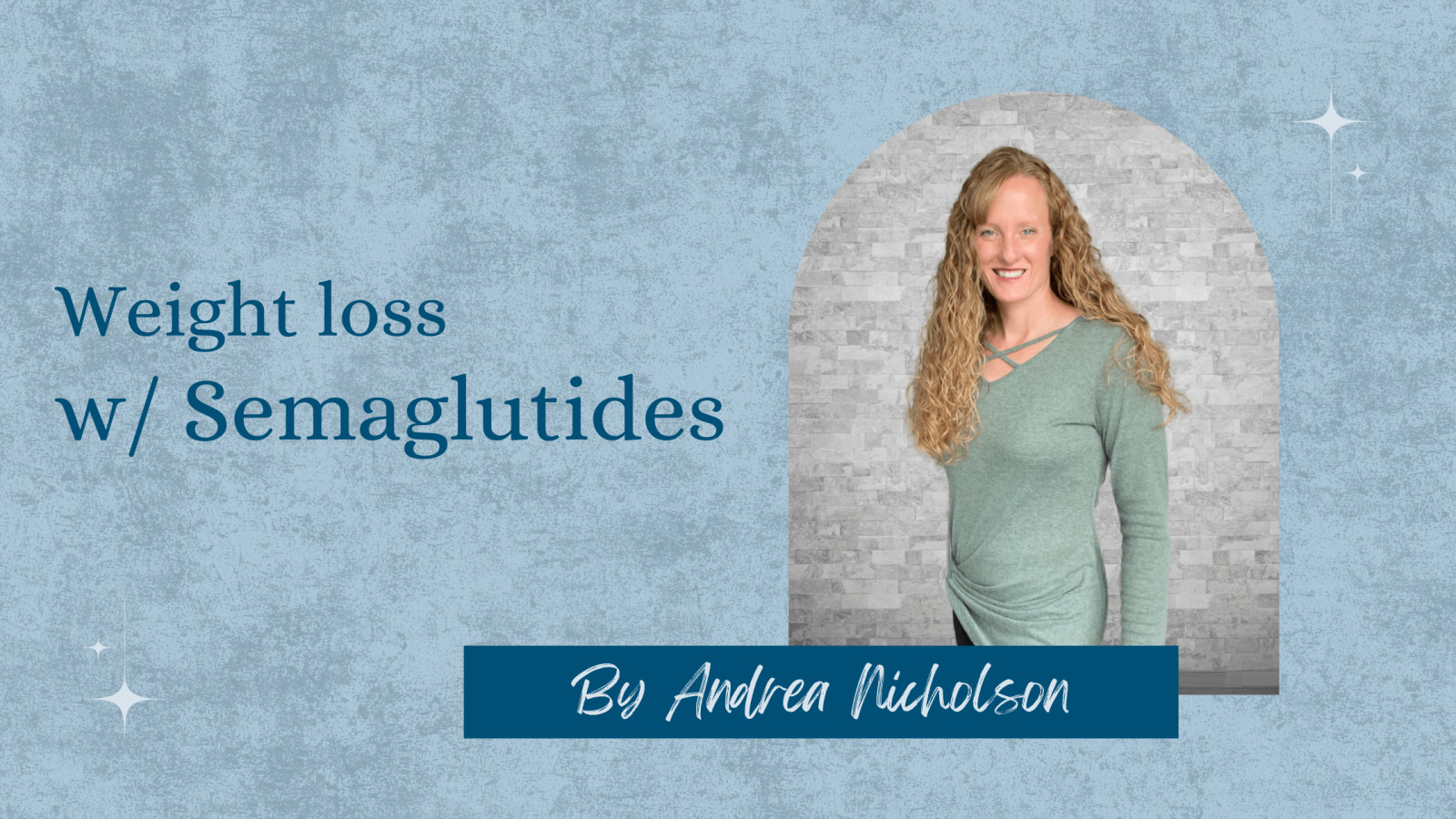
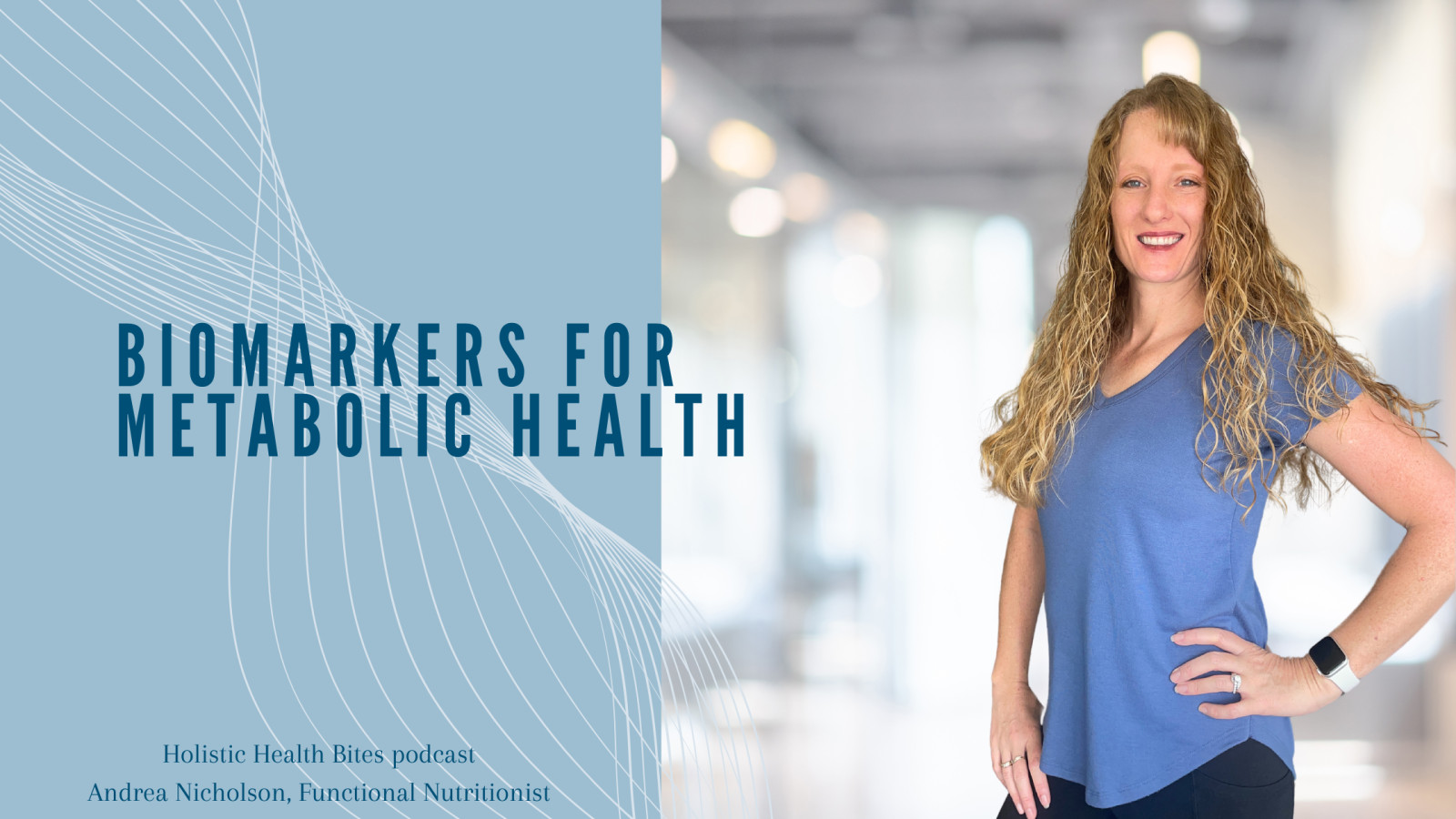






0 Comments